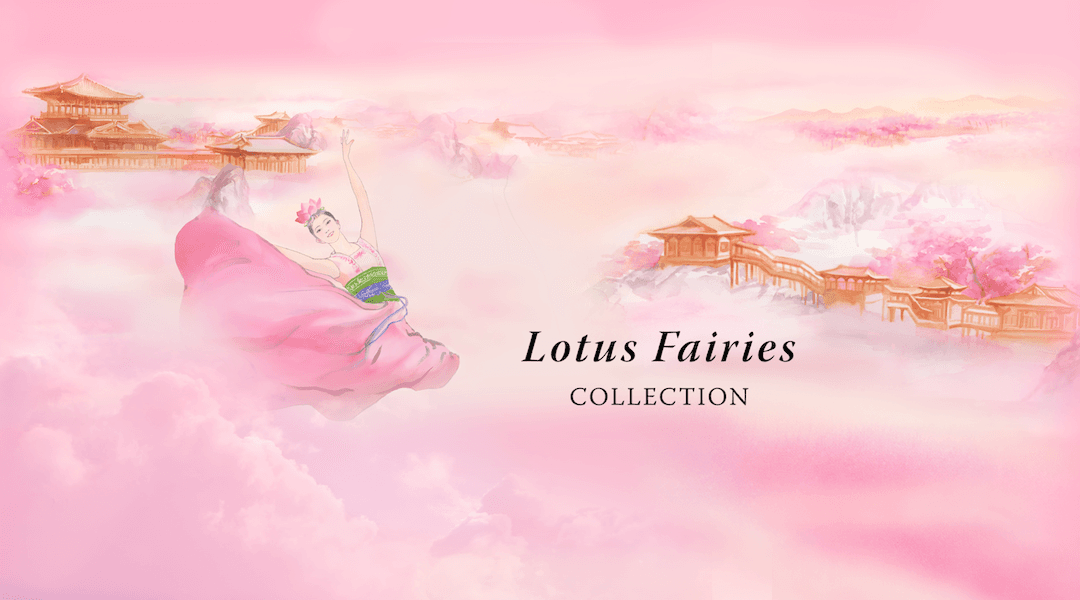Each year, Shen Yun Performing Arts showcases dances depicting heavenly scenes, and almost always, these dances include fairies—and in some cases lotus fairies.
But what is a fairy and what is a lotus? If you are coming from a Western perspective, there is more to these two words then you first might think.





